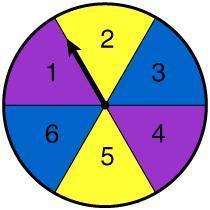
Mathematics, 26.07.2019 04:20 nerikzagallegos
The number of archaeological sites discovered in a country over time, x, can be represented by the function s(x) = 2(1.1)x. the approximate number of artifacts found in each site over time, x, can be represented by the function a(x) = (1.1)5x + 2.
create the function, t(x), that best describes the total number of artifacts found in archaeological sites in the country after x years.

Answers: 1
Another question on Mathematics

Mathematics, 21.06.2019 17:20
Which of these equations, when solved, gives a different value of x than the other three? a9.1 = -0.2x + 10 b10 = 9.1 + 0.2x c10 – 0.2x = 9.1 d9.1 – 10 = 0.2x
Answers: 1

Mathematics, 21.06.2019 18:00
Suppose sat writing scores are normally distributed with a mean of 497 and a standard deviation of 109. a university plans to award scholarships to students whose scores are in the top 2%. what is the minimum score required for the scholarship? round your answer to the nearest whole number, if necessary.
Answers: 2


Mathematics, 21.06.2019 18:30
Abus travels 36 miles in 45 minutes. enter the number of miles the bus travels in 60 minutes at this rate.
Answers: 2
You know the right answer?
The number of archaeological sites discovered in a country over time, x, can be represented by the f...
Questions




History, 04.09.2020 22:01

Mathematics, 04.09.2020 22:01


Physics, 04.09.2020 22:01









Computers and Technology, 04.09.2020 22:01

Mathematics, 04.09.2020 22:01

Mathematics, 04.09.2020 22:01


Mathematics, 04.09.2020 22:01




